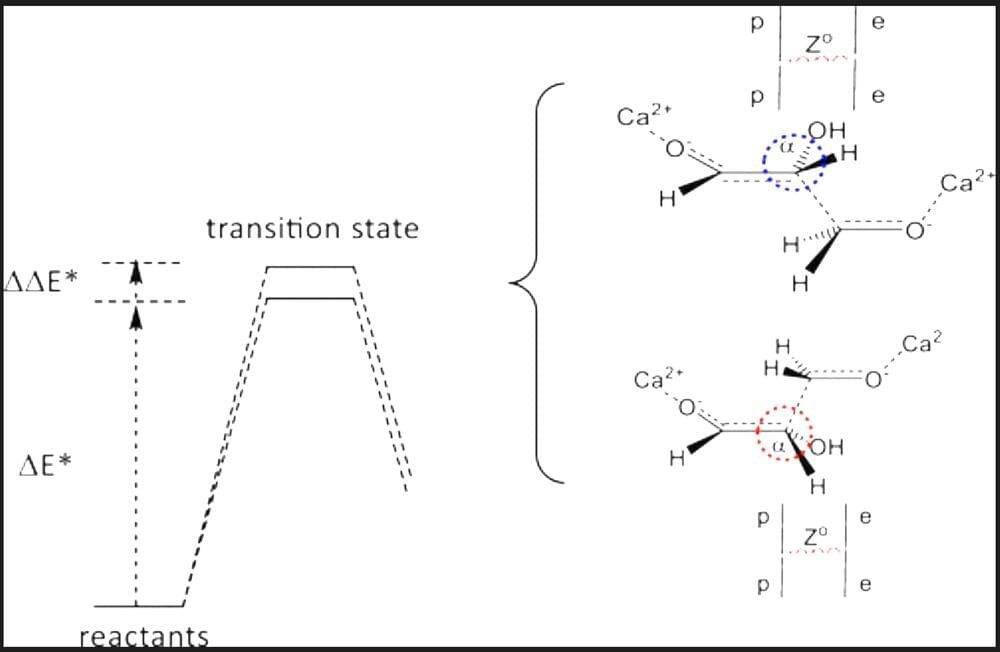Scientists from The Ohio State University have a new theory about how the building blocks of life—the many proteins, carbohydrates, lipids and nucleic acids that compose every organism on Earth—may have evolved to favor a certain kind of molecular structure.
It has to do with a concept called chirality. A geometric property inherent to certain molecules, chirality can dictate a molecule’s shape, chemical reactivity, and how it interacts with other matter. Chirality is also sometimes referred to as handedness, as it can be best described as the dichotomy between our hands: Though they are not identical, the right and the left hand are mirror images of each other, and can’t be superimposed, or exactly overlaid on one another.
In the journal ACS Earth and Space Chemistry, researchers now propose a new model of how the molecules of life may have developed their “handedness.”










Comments are closed.